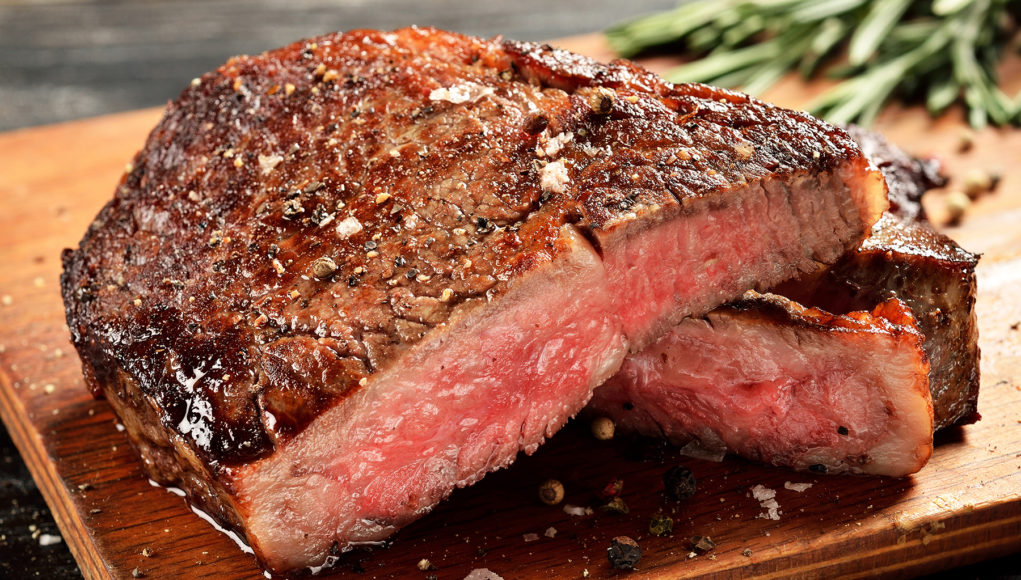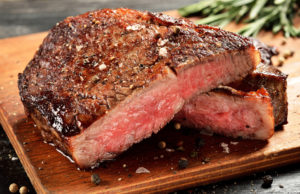There are many different grades of Wagyu beef, but the main differences include the marbling and yield of each. If you’re unsure of what Wagyu is, read on to learn more. This is a popular type of steak, and it is one of the most expensive types of beef. You can find it in the high-end beef category, but if you’re not sure, consider trying one of the lower-priced types first.
What is Wagyu beef? The Japanese term “wagyu” refers to a type of beef that’s incredibly marbled. This cut of meat is very tender, so it’s a great choice for those who love a delicious, buttery meal. It has a buttery flavor, which is one of the characteristics that make it so popular. The meat also contains a high percentage of monounsaturated fats, which are healthier alternatives to trans fats.
What is Wagyu beef? A type of beef that’s rich in omega-3 and omega-6 fatty acids, Wagyu is extremely tasty. If you want a delicious steak, try one of the many gourmet restaurants. They usually serve this type of beef. But if you’re in the mood for a burger or a juicy steak, you can cook it yourself. If you’re a fan of gourmet cooking, try Wagyu beef.
What is Wagyu beef? What is Kobe? How is Wagyu raised? Where are the cows raised? Can I buy Kobe beef? Yes, but it’s expensive and rare. But it’s worth the extra expense. It’s not always easy to find good-quality Wagyu. You can buy high-quality steaks for a bargain price at your local supermarket.
Jon Urbana from KWO Steaks said, “People tend to think about it only in terms of the most select cuts. For example, our Tomahawk chop is legendary and one of our most popular items, along with our ribeye, filet and NY strips steaks. But most people don’t realize that a single 1,400 lb. cow only produces about 14 lbs. of tenderloin. There are many other cuts that are just as good and that allow people to experience this incredible beef at a significantly lower price point.”
What is Wagyu beef? What is it? What’s Wagyu beef? What is it and where can I get it? What are the differences between Kobe beef and wagyu beef? If you’re interested in eating Kobe, you’ll have to know what it is and where it came from. While all the other varieties of Kobe beef are popular, Wagyu is more expensive than a standard cut.
What is Kobe steak? Is Kobe Wagyu a cheaper version of Kobe? Is it better tasting? If it’s more expensive, then it may be, but it’s not. It has more flavor, but it’s not the same as Kobe. And it’s not just the quality that counts. While Wagyu is considered to be the best beef, there are some differences between the two.
The differences between wagyu beef and yakiku are significant. The former is the thicker cut of Wagyu beef, while the latter is the thinner cut. A wagyu steak is a popular choice for a yakiku restaurant. It’s not uncommon to find a small portion of a yakiku cow. While it can be expensive, wagyu beef is a unique and rare cut.
What is Wagyu beef? What is Kobe? What is wagyu? It’s a type of wagyu, and it’s very expensive. A wagyu burger can be up to five times the price of an A-rated burger. However, it must also be certified by the Kobe Beef Association. The difference between a wagyu burger and an A-rated one is the marbling.
What is Wagyu beef? Is it a type of Japanese beef? What is its marbling? What’s the difference between wagyu? What is a yak? In Japan, Wagyu cattle are not a breed of Japanese cattle, but a pure-bred Japanese breed. They are both similar in appearance and have a high melting point.
What is Kobe beef? While Kobe beef is a type of Kobe, Wagyu is a type of Japanese beef. The difference between the two is that wagyu has less fat and is often a bit tougher. When referring to wagyu, a yak is a small animal. The Japanese are renowned for their ability to raise animals with extraordinary endurance.
What is Wagyu beef? It’s a type of Japanese beef. It is a kind of premium beef. Some of these Wagyu cows are 100% full-blood, so they’re leaner and have less marbling. Other wagyu beefs are more tender, and a higher marbling score means a higher quality steak. Some Japanese farmers also offer massages to their cows to ensure a more even distribution of fatty acids.
















